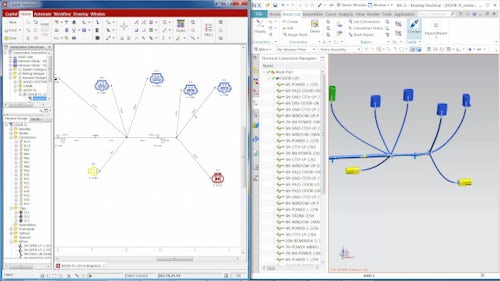Manufacturing companies struggle to make trade-off decisions between driving down greenhouse gas emissions, reducing product costs, and addressing customer value demands.
Watch this webinar to learn about how we enable organizations to proactively identify the product cost and carbon footprint early in the product life cycle instead of re-actively after a product has been developed. Therefore, we have developed a solution to efficiently calculate in addition to costs the product-related cradle-to-gate carbon footprint leveraging direct and indirect emissions (scope 1,2,3).
Moreover, our solution not only equips companies with the insights to reduce product cost and carbon footprint across their value chain but can also enable cloud-based data exchange with customers, suppliers, and business partners to accelerate quotation processes.
The webinar provides insights on:
- How to build a cost calculation from bottom-up to determine the cost drivers
- How to use the integrated benchmark data on materials, labor, manufacturing steps, etc.
- How to link product costs and CO2e emissions along the value chain
- Simulation, comparison, and analysis of product costs and carbon footprint
- What is the financial and environmental impact by changing materials, manufacturing locations, machines, etc.
- Export product costs and carbon footprint data to external quotation templates (cost breakdowns)
- How to share cost breakdowns by using an intelligent cloud-based sharing platform
- Profitability analysis (business cases) including KPIs for comprehensive management reports



